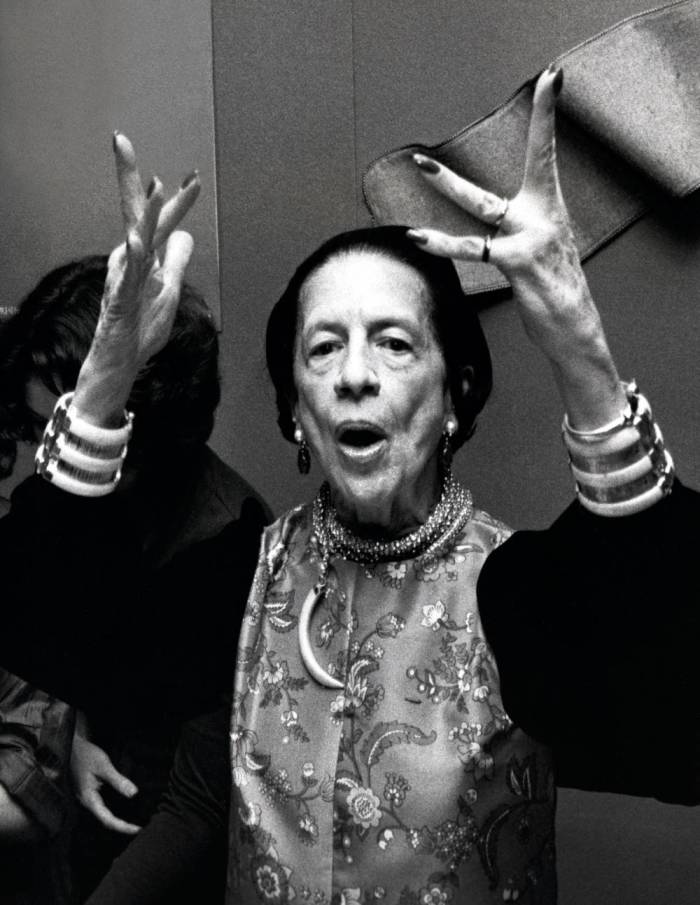Why Brands Need A Point of View
Diana Vreeland was a legendary figure in the fashion industry. But the vast majority of people probably have never heard of her. She was the managing director for Vogue magazine in the 60’s and was known for her distinctive taste and blunt way with words. With all the recent talk about curation on the web, Diana Vreeland came to my mind.
Curation, as it’s being used these days in reference to web content, is the act of selecting, editing and organizing content. In a world overwhelmed with stuff, ‘curation’ is the means by which we get some order to all the chaos. It’s one of the latest topics among the Social Media™ elite. But in discussions regarding curation, what’s often missing is what Diana Vreeland represents: A point of view.
Every industry has its own lingo. In the fashion industry, successful folks have ‘a point of view’. What that means is a unique perspective: on who the customer is, what the customer wants, what beauty is, what makes for compelling clothes, what’s hot now, what’s classic, what’s in, what’s out, just about everything. A point of view encompasses so much it’s often short hand for what a designer stands for or represents –Armani is easy elegance. Ralph Lauren is aristocratic heritage, Prada is revolutionary creativity.
Diana Vreeland , undoubtedly in her well-known imperious tone, once said: “Most people haven’t got a point of view; they need to have it given to them-and what’s more, they expect it from you.” She was talking about fashion. Turns out, she could have just as easily been talking about brands. Because brands need to have a point of view as well.
A point of view is more than just a positioning statement or a tagline. It’s how the brand sees the world; what it thinks is important; what it thinks its role is in the world. The best brands have a point of view so clear it becomes synonymous with the brand: think of Apple, Nike, Virgin: you can easily see the world through their eyes. You know what amenities would be included with the Apple Airline, the Nike Hotel, the Virgin Spa.
Curation then becomes a function of that point of view. When brands have a strong point of view, they can begin currating the content in the world, selecting, organizing and displaying it in a way that tells a story, the brand story, rather than just being a jumbled mess. Think about the difference between a collage created by a great artist (Robert Rauschenberg, for instance) and a collage created by a child. Not only are the component parts important, but how they’re assembled, combined, juxtaposed tells a richer story. That’s what can happen when brands get curation right.
What brands decide to display, share, highlight, support, encourage, create for their customers all become part of the brand narrative. And in doing so, they need to hear Diana Vreeland’s voice ringing out: “They (your customers) expect it of you.“
Does your brand have a point of view? Is it clear enough to stand up to great fashion brands like Armani, Prada, Polo? Are you thinking about the collage you’re creating with your brand or simply slapping down pictures?






This post presents clear idea for the new visitors of blogging, that in fact how to do
blogging.